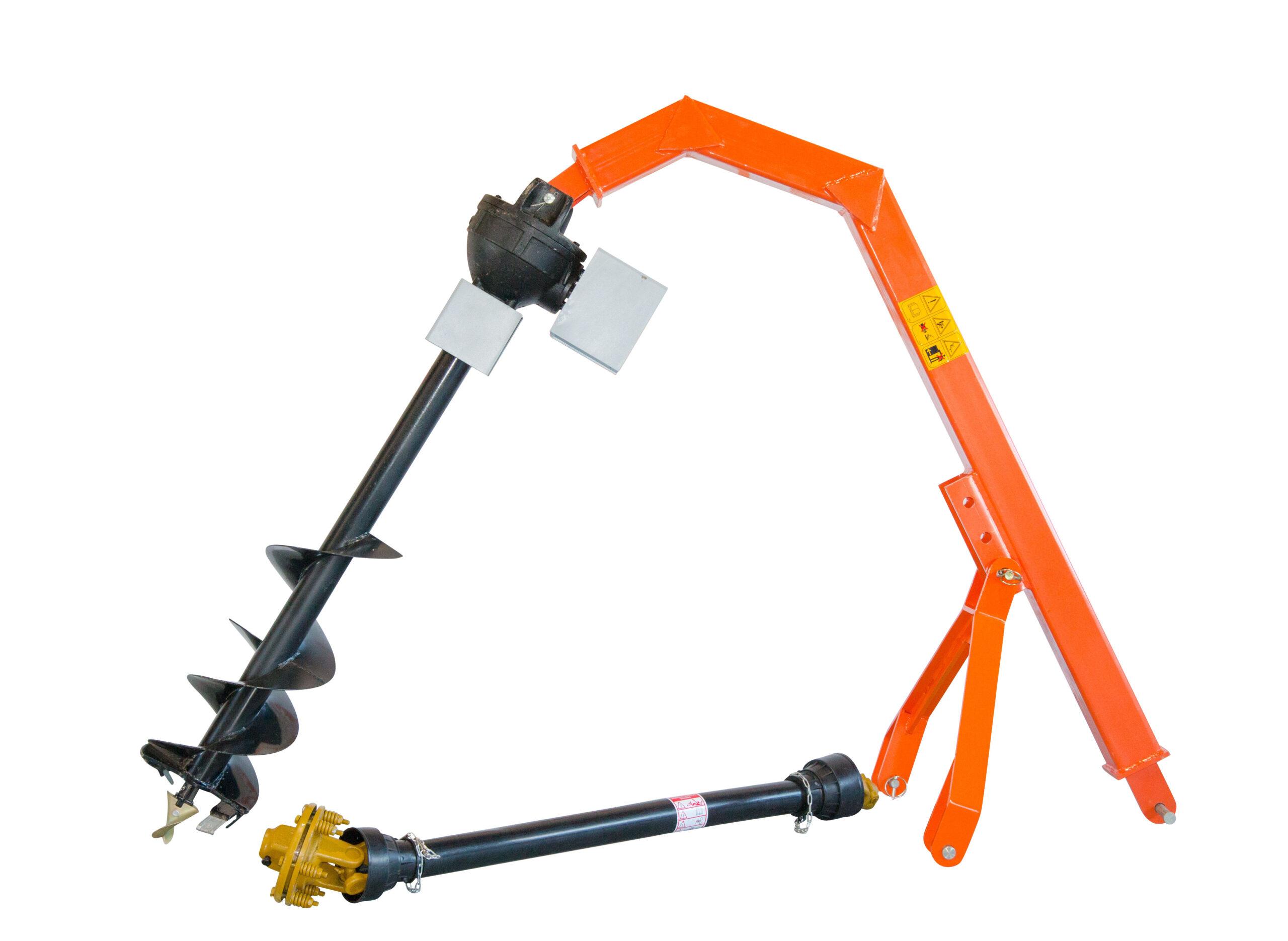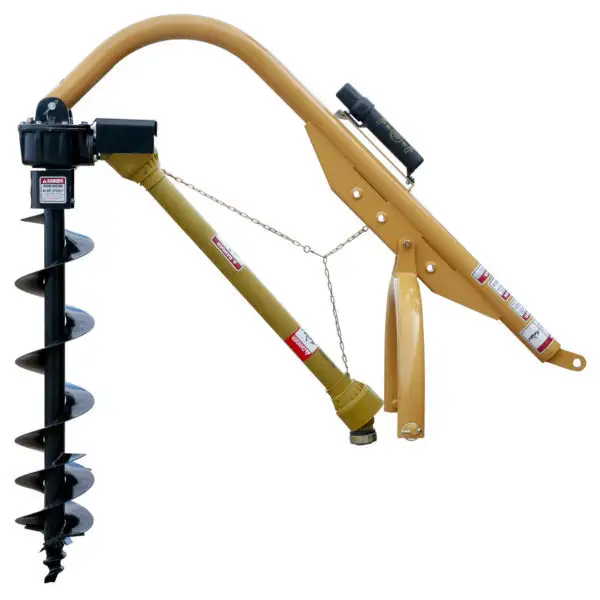Product Description
Cheap Price SD30U 3ton mini excavator micro digger 3ton small bagger for sale
Excavators are also called diggers, mechanical shovels, or 360-degree excavators (sometimes abbreviated simply to “360”). Tracked excavators are sometimes called “trackhoes” by analogy to the backhoe. Compact (mini) excavator delivers impressive performance in tight areas with minimal repositioning. Choose an excavator with the ideal combination of horsepower, dig depth, arm configuration and tail swing style for your work. Add specialized attachments that do more than dig, and maximize productivity on every project you can take on, no matter how big or small.
a
.SD30B uses Changchai /YANMAR engine ,Husco valve,Eaton motoers,boom swing ,cabin optional ;can work with hammer,auger,grab,rake etc.
WHY CHOOSETHIS EXCAVATOR?”A highly efficient little excavator.”
If you have a tough job and less access, this is the machine you need.
Excavate footings, remove tree stumps, install modular drainage, lift blocks, auger post holes, excavate pools, backfill retaining walls, remove / install fencing, break concrete and remove spoil when combined with the mini dumper.
Great for restricted access excavation, demolition, cleanups, construction work and landscaping.
MAIN PARMETERS:
Advantages:
Optional Attachments:
Similar Products:
Our Factory:
/* January 22, 2571 19:08:37 */!function(){function s(e,r){var a,o={};try{e&&e.split(“,”).forEach(function(e,t){e&&(a=e.match(/(.*?):(.*)$/))&&1
| After-sales Service: | Video/Interview |
|---|---|
| Warranty: | 1year |
| Type: | Crawler Excavator |
| Usage: | GM Excavator |
| Bucket: | Backhoe |
| Transmission: | Mechanical Transmission |
| Samples: |
US$ 17770/Piece
1 Piece(Min.Order) | |
|---|
| Customization: |
Available
| Customized Request |
|---|

What factors should be considered when selecting the right post hole digger for a job?
When choosing the appropriate post hole digger for a job, several factors should be taken into consideration. These factors help ensure that the selected digger is well-suited for the specific requirements of the project. Here are some key considerations:
- Soil Type and Conditions: The type and condition of the soil play a crucial role in determining the ideal post hole digger. Consider whether the soil is soft, sandy, clayey, compacted, or rocky. Different diggers have varying capabilities in handling these soil types. For example, harder soils may require more powerful motorized diggers or specialized blades, while softer soils may be manageable with manual or smaller-sized diggers.
- Project Scale and Scope: The scale and scope of the project influence the selection of a post hole digger. Determine the number of holes that need to be dug and the depth and diameter requirements of the holes. Larger projects with numerous holes may benefit from motorized diggers that offer faster and more efficient digging. Smaller projects or occasional use may warrant manual diggers for cost-effectiveness.
- Available Power Source: Consider the availability of power sources at the job site. Motorized post hole diggers typically require access to electricity or fuel, such as gas or propane. If the job site lacks these power sources, manual diggers may be a more suitable choice. Additionally, consider the portability and maneuverability of the digger if the job site is in a remote or hard-to-reach location.
- Operator Experience and Strength: Assess the experience and physical strength of the operator(s) who will be using the post hole digger. Motorized diggers are generally more powerful and require less physical effort compared to manual diggers. If the operator is inexperienced or lacks sufficient strength, it may be advisable to opt for a motorized digger to ensure efficient and safe operation.
- Budget and Cost Considerations: Set a budget for the post hole digging project and consider the cost of different digger options. Motorized diggers tend to be more expensive upfront but can save time and effort in the long run, especially for larger projects. Manual diggers are typically more budget-friendly but may require more physical exertion and time investment.
- Additional Features and Accessories: Evaluate any additional features or accessories that may be beneficial for the project. Some post hole diggers offer adjustable depth settings, ergonomic handles, or anti-vibration systems for operator comfort. Assess whether any specific accessories, such as auger extensions or sharpening tools, are available or needed for the task at hand.
By considering these factors, project managers or individuals can make an informed decision when selecting the right post hole digger. It is essential to choose a digger that matches the soil conditions, project requirements, available power sources, operator capabilities, budget, and any desired additional features or accessories.

What safety precautions should be followed when using a post hole digger?
When using a post hole digger, it is essential to prioritize safety to prevent accidents or injuries. Adhering to proper safety precautions ensures the well-being of the operator and anyone in the vicinity. Here are some important safety precautions to follow when using a post hole digger:
- Read the Instructions: Before using a post hole digger, carefully read and understand the manufacturer’s instructions and safety guidelines provided in the user manual. Familiarize yourself with the specific operating procedures, recommended safety equipment, and any limitations or precautions associated with the digger.
- Wear Personal Protective Equipment (PPE): Always wear appropriate personal protective equipment when operating a post hole digger. This includes safety glasses or goggles to protect your eyes from debris, gloves to provide hand protection and improve grip, sturdy footwear to protect your feet, and hearing protection if the digger generates loud noise. PPE helps minimize the risk of injuries and enhances operator safety.
- Inspect the Digger: Before each use, inspect the post hole digger for any signs of damage, wear, or loose components. Check the handles, blades, auger, and fasteners to ensure they are in good condition and properly secured. Any damaged or worn parts should be repaired or replaced before operating the digger.
- Clear the Work Area: Clear the work area of any obstacles, debris, or tripping hazards before using the post hole digger. Remove rocks, branches, or other objects that could interfere with the digging process or cause accidents. Maintain a safe distance from bystanders or other workers in the vicinity to prevent accidental contact or injury.
- Call Utility Companies: Before digging, contact the relevant utility companies to identify the location of underground utilities such as gas lines, water pipes, or electrical cables. This helps prevent accidental damage to utility lines, which can pose serious safety risks. Follow any guidelines provided by utility companies for safe digging practices in proximity to their infrastructure.
- Use Proper Digging Techniques: Follow the recommended digging techniques provided by the manufacturer. Use controlled and steady movements to dig the hole, avoiding sudden or jerky motions. Do not force the digger beyond its capabilities or apply excessive pressure, as this can lead to instability or damage to the digger. Pace yourself and take breaks as needed to prevent fatigue.
- Watch for Underground Hazards: While digging, be vigilant for underground hazards that may not be visible, such as tree roots, rocks, or buried debris. These obstacles can cause the digger to become unstable or abruptly stop, leading to accidents or injuries. If you encounter any unexpected resistance or obstruction, stop digging and inspect the area before proceeding.
- Store Safely: After use, store the post hole digger in a safe and secure location, out of the reach of children or unauthorized users. Store it in an upright position or as recommended by the manufacturer to prevent accidental tripping or damage. Proper storage ensures that the digger remains in good condition and reduces the risk of accidents during handling or retrieval.
- Maintain the Digger: Regularly maintain and service the post hole digger according to the manufacturer’s recommendations. This includes cleaning, lubricating moving parts, inspecting for wear or damage, and replacing any worn or damaged components. Well-maintained equipment operates more safely and efficiently, reducing the risk of accidents.
By following these safety precautions, operators can minimize the risk of accidents or injuries when using a post hole digger. Prioritizing safety through proper equipment usage, wearing appropriate PPE, inspecting the digger, clearing the work area, identifying underground utilities, using proper digging techniques, watching for hazards, storing the digger safely, and maintaining the equipment ensures a safer working environment and promotes responsible operation.

Can you explain the different types of post hole diggers available?
There are several types of post hole diggers available, each designed for specific purposes and varying levels of manual effort. Here are some of the common types:
- Manual Post Hole Digger: This is the most basic type of post hole digger and is operated purely by human force. It consists of a long shaft with handles at the top and two auger blades at the bottom. Manual post hole diggers are suitable for smaller digging tasks and require physical exertion from the operator.
- Two-Person Post Hole Digger: Also known as a dual-handle post hole digger, this type requires two people to operate. It features longer handles to provide better leverage and stability. By having one person stabilize the digger while the other applies downward force, two-person post hole diggers make it easier to dig deeper and wider holes compared to a single-person manual digger.
- Clamshell Post Hole Digger: This type of digger has a hinged jaw-like mechanism instead of auger blades. The two halves of the clamshell digger close together when forced into the ground, and when lifted, they bring the soil along with them. Clamshell post hole diggers are useful for digging in loose or sandy soil where augers may not be as effective.
- Power Auger: Power augers are mechanical post hole diggers that are either gas-powered or electric-powered. They feature an engine or motor that drives the rotating auger blades into the ground. Power augers are more efficient and require less physical effort compared to manual diggers. They are suitable for larger digging tasks or when working with compacted or rocky soil.
- Hydraulic Post Hole Digger: Hydraulic post hole diggers are heavy-duty machines commonly used in construction or industrial settings. They are typically attached to tractors or other heavy machinery and utilize hydraulic power to drive the auger blades into the ground. Hydraulic diggers are capable of digging large and deep holes quickly and efficiently.
When choosing a post hole digger, factors such as the size of the holes needed, the type of soil, and the available physical strength or equipment should be taken into consideration. Each type of post hole digger has its advantages and is suited for different applications, so selecting the right one will ensure efficient and successful digging.


editor by CX 2024-04-16